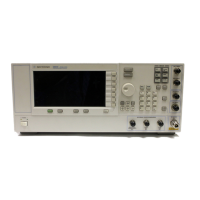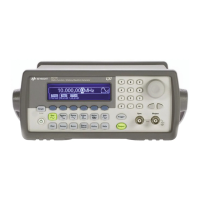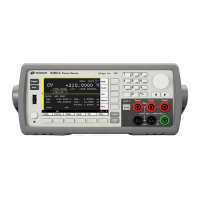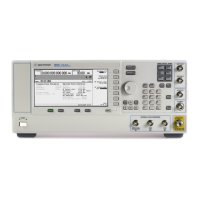250 Keysight CXG, EXG, and MXG X-Series Signal Generators Service Guide
Baseband Generators
A2 Vector BBG Assembly Troubleshooting
I/Q Calibration Failures
Many times, user experienced I/Q calibration failures can be difficult to
reproduce. It is best to know what calibration type the user was having failures
with – DC, User, or Full. If DC or User was used, the settings that they were
using will also need to be known. The difference between the calibration types
are:
DC
Calibrates the I/Q offset, gain, and quadrature error at the current instrument
frequency. This calibration requires that I/Q modulator be turned On and the
I/Q Correction Optimized Path must be RF Output.
User
Calibrates the I/Q offset, gain, and quadrature error over a range of frequencies
defined by the user on the I/Q Calibration menu.
Full
Calibrates the I/Q offset, gain, and quadrature error over the full frequency
range of the instrument.
Troubleshooting
If an instrument is experiencing I/Q calibration failures try the following before
replacing any hardware:
— Make sure that the I/Q Source is not set to External, it must be Internal, or
the calibration will fail.
— Restore the factory I/Q Calibration data by pressing I/Q, I/Q Calibration,
Revert to Default Cal Settings.
— Restore the factory calibration data for the instrument. See the “Calibration
Data Restore” section in Chapter 3, “Instrument Information and
Calibration Data,” for instructions on how to do this.
— Install the latest instrument software version (B.01.80 or later).
— Verify that the power level coming to the A2 Vector BBG assembly is the
correct level by following the procedure in the “RF Signal Path Level Issues”
section in this chapter.
— Run the I/Q related adjustments with the performance verification and
adjustment software. See “I/Q Related Adjustments” later in this section.
If the I/Q Calibration failure persists after trying all the above, the most likely
cause of the failure is the A2 Vector BBG assembly.
